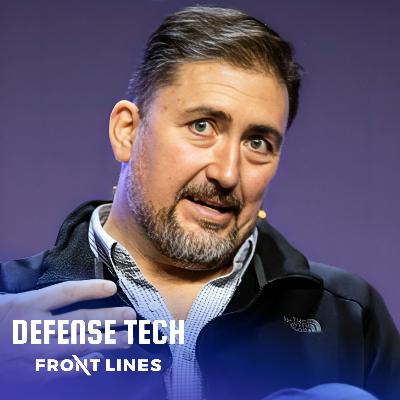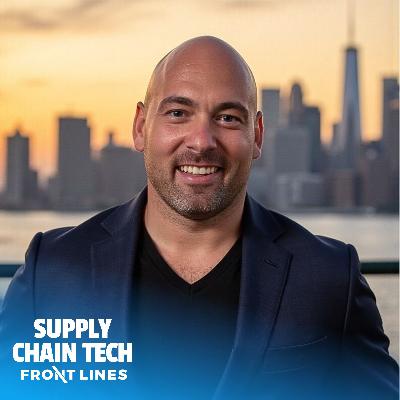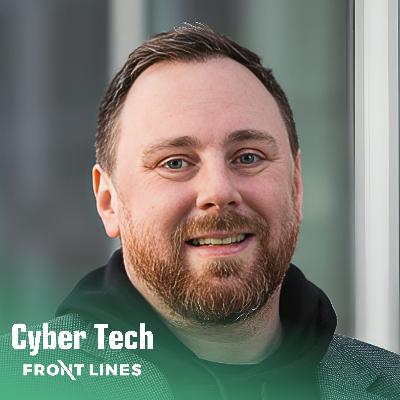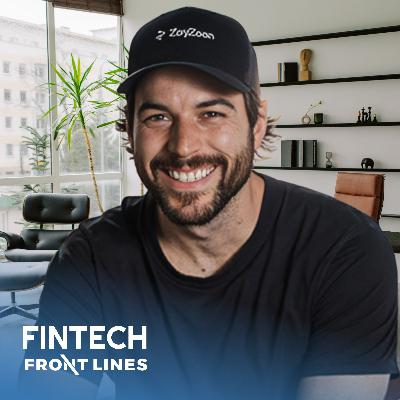Why the next great tech companies will sell outcomes, not software | Anthony Lye
Description
Anthony Lye joined Quid 14 months ago to lead a complete business model transformation. With three decades in Silicon Valley including executive roles at Palantir, NetApp, Oracle, and Siebel Systems, Anthony has operated through every major technology disruption. At Quid, he's dismantling the traditional SaaS playbook—eliminating seat-based pricing, collapsing the software/services separation, and refocusing the entire company on delivering measurable business outcomes rather than analytics tools. In this conversation, Anthony explains why most SaaS companies will fail in the AI era, how Palantir's forward-deployed engineering model creates defensible value, and the specific mental models founders need to reimagine their businesses before disruption makes the decision for them.
Topics Discussed
- How Silicon Valley's technology oligopolies turn over every five years
- Why AI shifts technology from features to benefits for the first time
- Quid's transformation from social listening SaaS to outcome-based insights delivery
- The separation of software and services as a structural flaw in SaaS economics
- How forward-deployed engineers at Palantir and Quid collapse the services layer
- Why SaaS failed knowledge workers while email remained dominant Discontinuity theory and how oligopolies resist then capitulate to disruption
- The "fired tomorrow, compete with yourself" thought experiment for strategy clarity
- How to build executive teams as custodians rather than functional heads
GTM Lessons For B2B Founders
- Collapse software and services into outcome delivery: Quid eliminated seat-based pricing and module sales, shifting from IT budget to labor budget by selling insights, trends, and actionable information directly. This repositioned the product from a tool requiring sophisticated data scientists to a team augmentation service protecting brand health and driving commerce decisions. The business model change fundamentally altered buyer, buying process, and deal economics. When your product requires customization or professional services to deliver value, you've identified a structural opportunity to collapse both layers.
- Deploy the "fired and competing" thought exercise: Anthony's mentor advised imagining your board fires you tomorrow and you immediately compete against your own company. List the three things you'd do on day one to win. Then ask why you're not doing those things now. This exercise cuts through organizational inertia and reveals the obvious strategic moves you're avoiding. The discomfort in your answers indicates where you need to act.
- Match decision velocity to execution needs, not comfort: Tom Brett at Menlo Ventures told Anthony to increase from 3-4 decisions weekly to 50. The forcing function prevents overthinking and eliminates "second guessing paralysis." Organizations need clarity and direction more than perfect decisions. Write down every decision, communicate it clearly, and publicly reverse course when wrong. This builds a culture where being decisive and correctable beats being slow and theoretically optimal.
- Recognize when your hypothesis expires: Quid's social listening thesis was correct initially, but markets evolved while the company didn't. The problem remained valid (understanding brand health, shopping trends, product innovation signals), but the SaaS tool-based solution became untenable as data complexity demanded sophisticated users, shrinking addressable market. Founders must distinguish between persistent customer problems and expired solution approaches. Your original hypothesis has an expiration date.
- Identify the ox that gets gored: Every deal requires customers to stop spending elsewhere. You must be 10x faster or one-tenth the cost to overcome status quo bias. Explicitly identify which vendor or budget line you're displacing, then validate your value proposition can actually displace it. Most startups fail this calculus and wonder why proof-of-concept success doesn't translate to procurement approval.
- Start with blank canvas, fail backwards to SaaS: When reimagining for AI, don't bolt features onto existing architecture. Begin with first principles about what customers actually want to accomplish, design that solution using current capabilities, then fall back to SaaS components only where necessary. Anthony warns that additive approaches preserve structural constraints that prevent you from capturing the full opportunity.
//
Sponsors: Front Lines — We help B2B tech companies launch, manage, and grow podcasts that drive demand, awareness, and thought leadership. www.FrontLines.io
The Global Talent Co. — We help tech startups find, vet, hire, pay, and retain amazing marketing talent that costs 50-70% less than the US & Europe. www.GlobalTalent.co
//
Don't Miss: New Podcast Series — How I Hire Senior GTM leaders share the tactical hiring frameworks they use to build winning revenue teams. Hosted by Andy Mowat, who scaled 4 unicorns from $10M to $100M+ ARR and launched Whispered to help executives find their next role.
Subscribe here: https://open.spotify.com/show/53yCHlPfLSMFimtv0riPyM
























